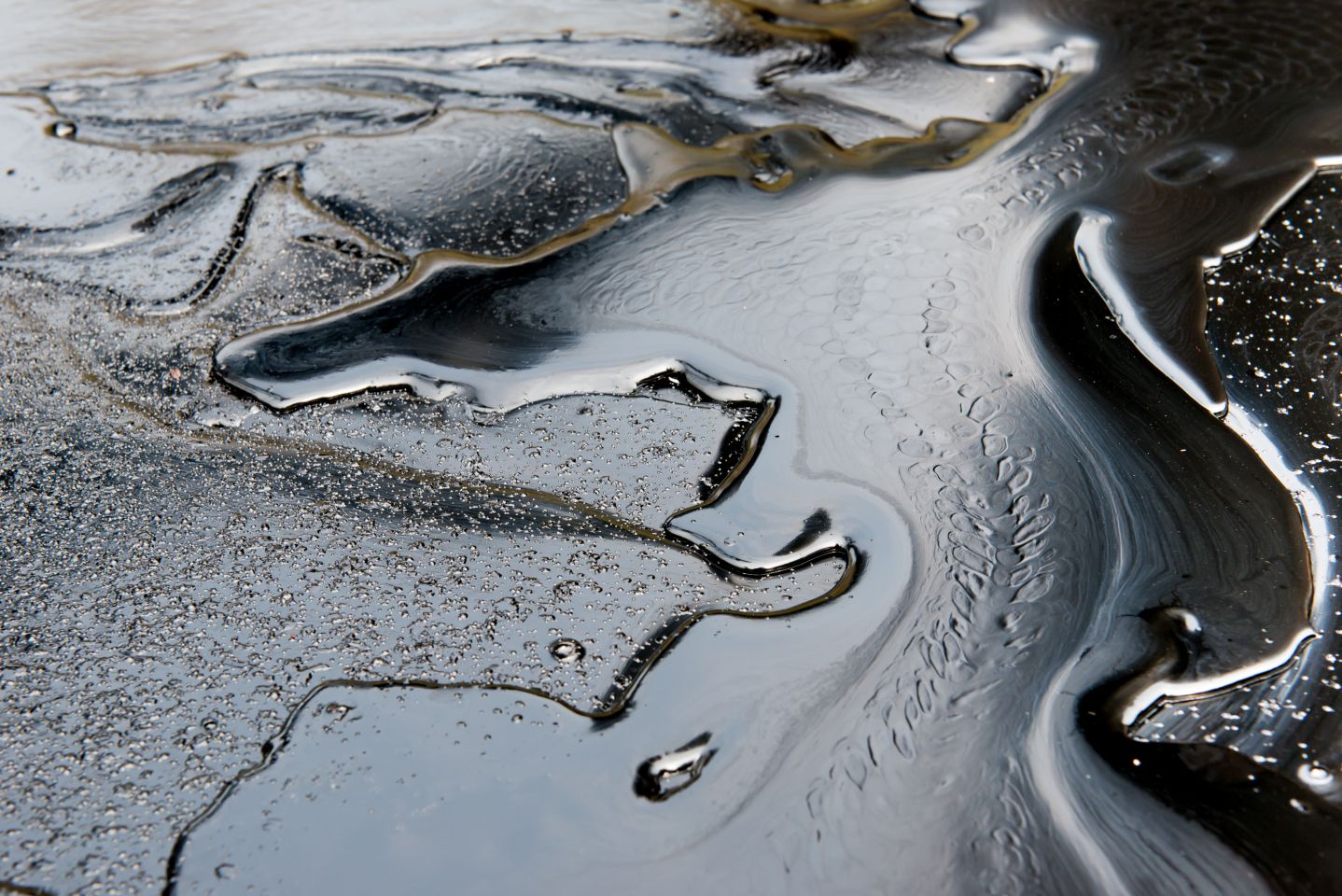4 major types of crude oil
What are the 4 major types of crude oil? Let’s find out the key oil features and take a quick look at the 4 primary oil types traded on the market.
We used to speak about oil as a singular homogeneous substance. But how many types of crude oil can we really differentiate?
Extracted in its natural unrefined state from the ground, crude oil significantly varies in its consistency and density – from a volatile and relatively thin liquid to a semi-solid and viscous substance. Still, often referred to as the ‘black gold’, the color of different crude oils may also vary from a light, golden yellow to dark black.
4 factors of crude oil classification
-
Viscosity defines the ability of oils to flow. Higher viscosity makes oil more difficult to flow. As such, it takes much energy to pump it from the ground.
-
Volatility defines the speed of oil evaporation. Higher volatility requires additional measures to monitor the environment during the extraction process to make sure only the smallest part of oil is lost due to evaporation.
-
Toxicity defines the poisonous and harmful effects of oil on the environment, people and wildlife during the production and refinement process. In case of oil spills, which have happened occasionally throughout the history of oil transportation, each oil type requires different measures to minimise any potential hazard.
4 major types of crude oil
The four principal types of oil are:
-
Very light oil
This type tends to be very volatile, evaporating in just a few days, which makes it less toxic.
Very light oil is mainly used in the following crude oil products: gasoline, jet fuel, petroleum spirit, kerosene, petroleum ether and petroleum naphtha.
-
Light oil
This type is moderately toxic and volatile. It is mainly used for the following crude oil products: fuel oils (grade 1 and grade 2), diesel fuel oil and domestic fuel oils.
-
Medium oil
The most common type of oil with low volatility and higher viscosity, which makes it more toxic and potentially more hazardous and challenging during occasional cleanups.
-
Heavy fuel oil
The least volatile, the most toxic and viscous type of oil.
It is mainly used for the following crude oil products: the heaviest 3, 4, 5 and 6 fuel oils and heavy marine fuel.
3 in 160: major oils on the market
Did you know that there are over 160 different types of crude oil traded on the market? West Texas Intermediate (WTI), Brent Crude, OPEC Reference Basket, Dubai Crude, Bonny Light and Urals are just six of many. Luckily, you don’t have to learn the whole list.
Instead, you’d better take a look at the 3 primary oils, which are considered the world’s most important oil benchmarks and draw the most serious attention among investors and analysts.

West Texas International (WTI)
WTI, often referred to as US Crude, is a premium-quality crude oil, highly valued around the world. It’s a common belief that more and better gasoline may be refined from one barrel of WTI than from any other type of oil traded on the market.
West Texas Intermediate is a light and sweet crude oil refined in the United States, which is one of the largest gasoline-consuming countries. WTI is usually priced $1 or $2 higher than it’s peer Brent Crude oil and $5 or $7 higher than OPEC Basket oils.
Brent Crude
Brent Crude is also an important benchmark, which typically serves as a benchmark for oil prices around the world. Mostly extracted from the North Sea, it consists of Brent Blend, Forties Blend, Oserberg and Ekofisk crudes – known as the BFOE Quotation.
Brent Crude is also an excellent source for producing gasoline and middle distillates. Mostly refined in Northwest Europe, Brent Crude is a primary oil type in Europe and Africa.
OPEC Basket
OPEC oil serves as a combination of seven different types of crude oil coming from Saudi Arabia, Nigeria, Algeria, Dubai, Venezuela, Indonesia and Mexican Isthmus. Founded in 1960, OPEC, or the Organisation of Petroleum-Exporting Countries, is one of the major players in the oil industry, managing oil production and sale within its jurisdiction.
OPEC oil is less sweet and much darker than WTI and Brent, which makes it a bit cheaper, but it remains extremely important on the global oil market.
Top 10 Oil producing countries
The top 10 global oil producers are the following:

Read more about oil trading:
-
History of crude oil trading: from 19th century to the present day and beyond
-
4 major types of crude oil
-
Brent vs WTI crude oil: Top 5 differences between the world’s major oil benchmarks
-
Investing in crude oil: 5 ways to get into the oil market
-
How to trade oil: CFDs vs futures